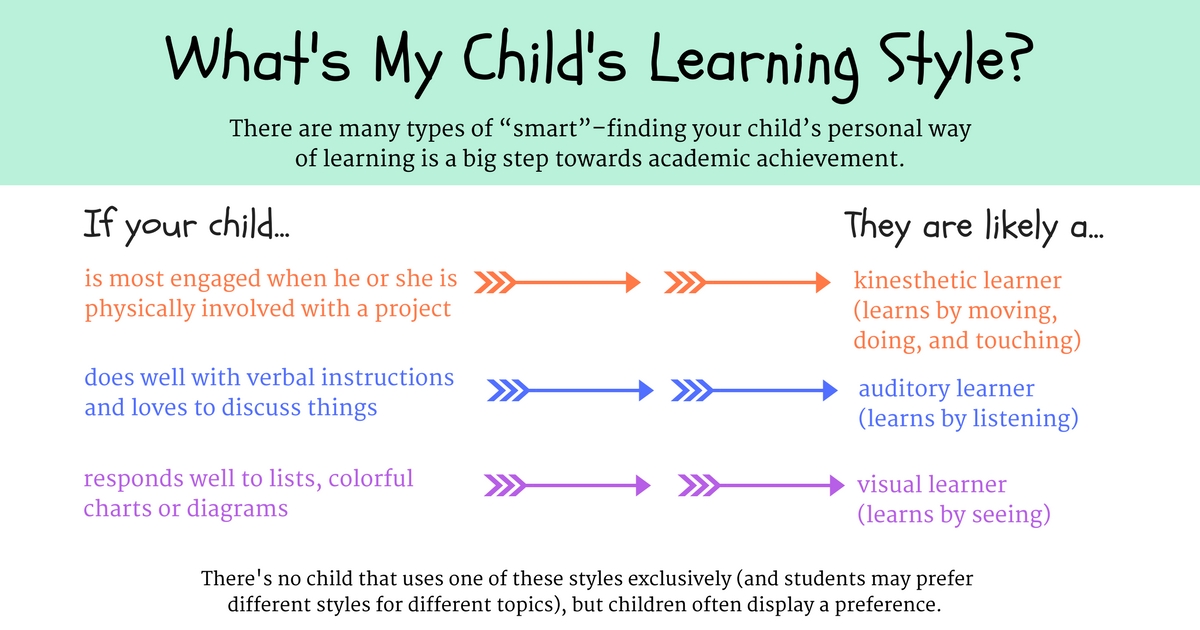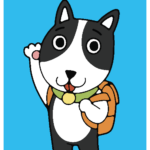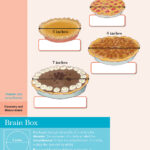
Every day, parents come by my office to chat about SUMMER BRAIN QUEST, learning trends, and their worries about their kids’ education. (On a good day, they’ll proudly tell me how their child loved a workbook. On a really good day, they’ll show me his or her adorable handwriting and a completed exercise.)
And one of the most common questions I get is, “What exactly is personalized learning?” To put it plainly, personalized learning is simply instruction that adjusts to an individual learner’s interactions, performance, and goals. Ideally, a personalized learning program should allow each student to follow a customized path that responds and adapts to his or her progress and motivations.

This methodology may seem self-evident to you—most parents instinctively know that his or her child learns and explores new ideas in his or her own unique way. Some learn best by doing, others like to observe, still others need the material to be auditory or visual—or both! Indeed, personalized learning is a concept that teachers have been using way before the term was coined. Day-in and day-out—maybe even moment-to-moment—teachers craft instruction to accommodate a classroom of students that come from different starting points and have diverse needs and interests.
While you may have first heard about “personalized learning” from educational apps or digital programs, technology isn’t actually required for adaptation and personalization—just a perceptive teacher, or, in the case of SUMMER BRAIN QUEST, a well-designed game. (Indeed, another common question I get is, “How does SUMMER BRAIN QUEST use personalized learning?”)
When we set out to create SUMMER BRAIN QUEST, our goal was to empower kids to have a voice in what and how they learned during the summer, while ensuring they get enough practice of the fundamentals. The result was a complete interactive program that is easy to use and designed to engage each unique kid all summer long. So how does it work? Each SUMMER BRAIN QUEST WORKBOOK includes a pullout tri-fold map that functions as a game board, progress chart, and personalized learning system. Our map shows different routes that correspond to 110 pages of curriculum-based exercises and 8 outdoor learning experiences. The variety of routes enables kids to choose different topics and activities while guaranteeing practice in weaker skills. (But, really, most kids will want to do it all just to get those stickers.)





No Comments